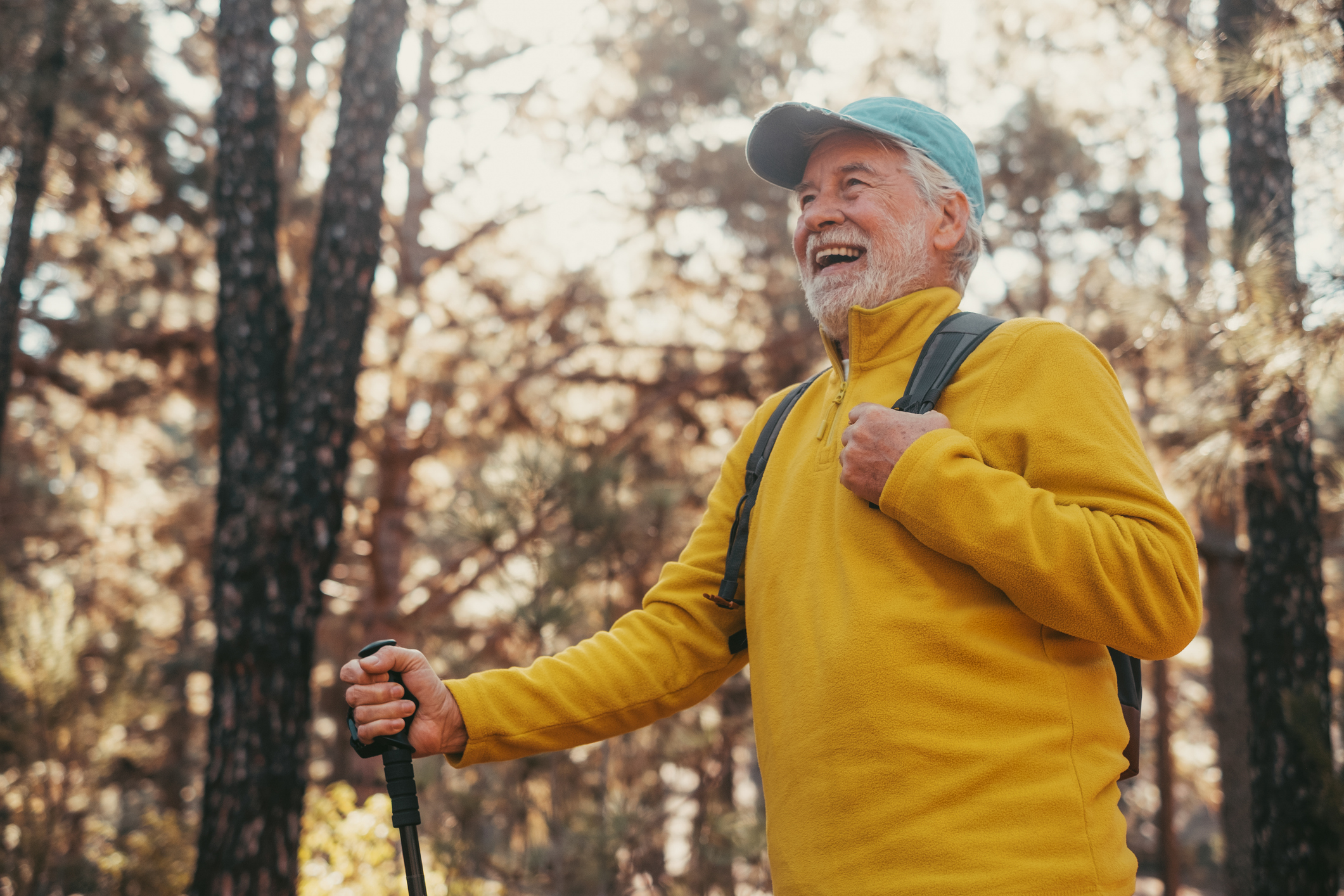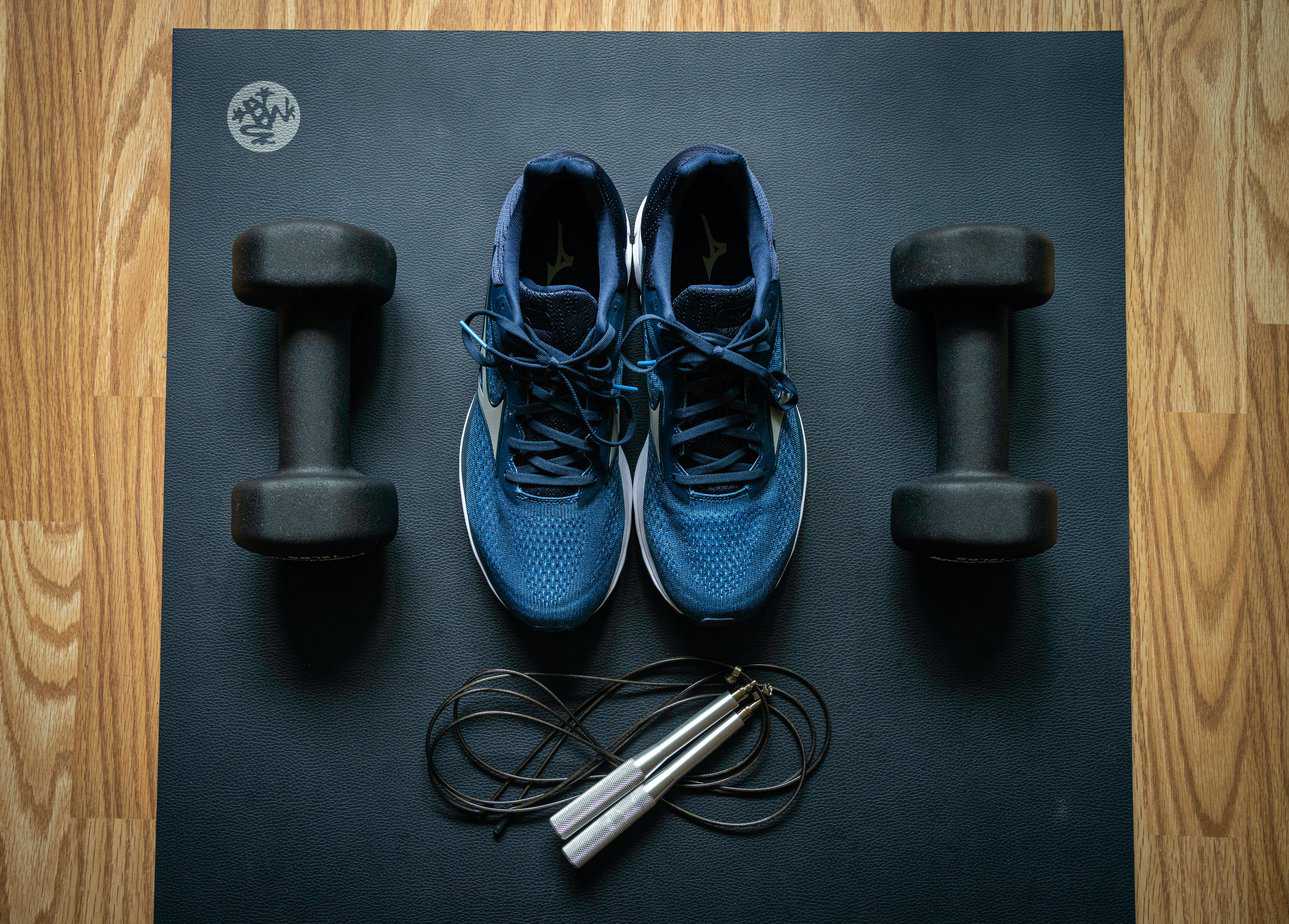Recovery from addiction is a multifaceted process that involves healing the mind, body, and spirit. While exercise and physical fitness are essential for overall health and well-being, it can be challenging for individuals in recovery to even know where to start. Striking a balance between promoting physical fitness and avoiding potential triggers requires a thoughtful and individualized approach. Learn how to incorporate exercise into your recovery journey, tips for starting an exercise routine, and guidance on building a healthy relationship with exercise while in recovery.
The Benefits of Exercise in Recovery
Exercise plays a crucial role in recovery by promoting physical and mental well-being. Engaging in regular physical activity can help improve mood, reduce stress and anxiety, increase self-esteem, and enhance overall quality of life. Additionally, exercise can provide a healthy outlet for emotions, boost energy levels, and improve sleep patterns. Incorporating exercise into your recovery routine can also help you establish a sense of structure and discipline, which are essential elements of successful recovery. Essentially, exercise helps boost natural endorphins, which in turn, can cause a natural “good feeling,” which is often what people have chased for years in active addiction.
There is also a common saying in 12-step groups: “Move a muscle, change a thought.” Even going for a walk can help reduce cravings for alcohol or other substances. It doesn’t have to be high-intensity to be beneficial mentally and physically.
Understanding Your Physical Readiness
Before embarking on an exercise routine, it is important to assess your physical readiness. Consult with your healthcare provider to ensure that you are medically stable and capable of engaging in physical activity. They can provide guidance on any necessary modifications or limitations based on your current health status. It is crucial to prioritize your safety and well-being throughout your recovery journey.
Start Slow and Gradually Increase the Intensity
As you begin your exercise routine, it is essential to start slowly and gradually increase the intensity over time. This approach allows your body to adjust to the physical demands of exercise without causing excessive strain or risk of injury. Start with low-impact activities, such as walking, swimming, or gentle yoga. As you build stamina and strength, you can incorporate more challenging exercises into your routine. However, if you’re interested in cardio or strength training, there are plenty of exercises for beginners.
Find Activities You Enjoy
One of the keys to maintaining a long-term exercise routine is finding activities that you enjoy. Exercise should not feel like a chore or obligation; it should be something that brings you pleasure and fulfillment. Experiment with different types of physical activities to discover what resonates with you. Keep in mind that, if you find an activity you enjoy, such as weightlifting or strength training, you can start slow and will improve over time. Don’t limit yourself just to walking or the treadmill if you find you may enjoy other things. Some of the types of fitness in recovery include:
- Weight lifting/strength training: You don’t have to be an aspiring bodybuilder to use weights. Watching videos or reading articles on how to use proper form is a good idea.
- Core: Core exercises are the foundation for just about anything you’ll do in your fitness journey. They help with balance, strength, and flexibility. These are also the types of exercises you want to target if you intend to work on your abs.
- Cardio: Cardio can sound scary if you visualize 45 minutes of aerobics but you can do cardio exercises every minute on the minute (EMOMs) (see sample exercises here) or burners, weaving them throughout a workout.
- Yoga: Yoga helps with flexibility, mindfulness, strength, and breathing. It’s good to know a few yoga moves to help you stretch and learn how to breathe when you exercise.
- Dance: A dance program or class can help make “exercise” more fun, while still providing benefits of flexibility, endurance, and core strength. Weighted dance is also an option (choreographed strength training).
- Walking/jogging/running: If you’re mobile, walking or jogging and simply getting moving is one of the best ways to boost endurance and burn calories. If you’re working on your nutrition as well to create a caloric deficit, brisk walking is one of the best ways to lose weight.
- Hiking: You could likely get entry-level hiking gear for under $200, and no gear is required for simple hikes. Hiking is a good way to reconnect with nature, meditate, and boost your endorphins. Elevation hiking also builds strength and endurance.
Home Exercise Equipment You’ll Need
If you want to start working out, you have several options. There is always the gym, or you can work out at home. Some people just starting out may not feel comfortable at the gym and may not know how to use the equipment. It’s easy to feel intimidated at the gym, and it may take some time for an individual to process that. In that case, it’s simple to get fit at home.
There are many free and paid workout classes and programs available on the internet. Many of them (such as bodyweight and core programs) require no equipment at all. To start, you really don’t need much. Don’t be roped into buying fancy equipment or supplements from fitness or supplement companies. You can find what you need on sites like Amazon instead.
Some exercise equipment you can start out with at home includes
- Set of weights (to begin, look for 2, 4 or 5, 8, and 10-pound weights). Once you advance, you can start to add on higher dumbbells, such as 12.5, 15, 17.5 or 18, and 20.
- Cordless, weighted jump rope (great for EMOM cardio)
- Sliders
- Foam leg roller
- Yoga blocks (if doing yoga)
- Resistance bands
- Power loops
- Lifting gloves
- Yoga mat
Other types of exercise equipment that individuals commonly add to their home gym include an exercise bike, treadmill, and chin-up bar, but these are advanced items you won’t need right away. Should you be performing workouts that require a chin-up bar, you can modify the workout on the floor.
When it comes to exercise equipment, you can add on as you go. The most important things at the outset are a couple of pairs of dumbbells, a mat, and a towel. If you sweat profusely, you may also find lifting gloves a benefit from day one, so your hands don’t slip.
Here are example beginner exercises to help you get started, from each exercise group. If you configure these single exercises into an EMOM or Tabata (HIIT) workout, then you have a complete beginner’s workout in front of you that you can practice three to five times a week. Make sure to have at least one rest day to give your body a break, or opt for a recovery/stretching or yoga workout.
Set Realistic Goals
Setting realistic and achievable goals is crucial when incorporating exercise into your recovery journey. Avoid comparing yourself to others and focus on your own progress. Start by setting small, attainable goals and celebrate each milestone along the way. Whether it’s increasing the duration of your workouts, improving your flexibility, or reaching a specific fitness milestone, acknowledge and celebrate your achievements, no matter how small they may seem.
Also, toss the scale if your goal is weight loss in recovery. It’s not realistic to weigh yourself every day, nor is your progress based on a number. Before you begin a fitness routine, take measurements of your hips, waist, and bust or chest, and compare one month later. If you’ve been consistently putting in the effort, you will see a marked difference after 30 days (similar to how you noticed the changes after 30 days without using drugs or alcohol!)
Tossing the scale is recommended for several reasons. First, your weight fluctuates based on the time of day, time of month (for women), what you ate that day, and many other factors. Also, if you’re lifting weights, you are going to build muscle. This may make your overall weight spike for a few weeks, but that’s because you’re getting better, not worse. Remember – building muscle burns fat.
Listen to Your Body
In recovery, it’s essential to listen to your body and honor its needs. Pay attention to any signs of fatigue, pain, or discomfort during exercise. Pushing yourself too hard or ignoring warning signs can lead to injury and setbacks in your recovery journey. Rest when you need to, modify exercises to suit your abilities, and always prioritize your wellbeing over external expectations.
Practice Mindful Movement
Incorporating mindfulness into your exercise routine can enhance its benefits and promote a deeper connection between your mind and body. Pay attention to the sensations, thoughts, and emotions that arise during physical activity. Focus on the present moment and bring awareness to your breathing, movement, and the way your body feels. Mindful movement can help you cultivate a more positive and compassionate relationship with exercise. You can learn more about mindfulness and breathing by trying out a few beginner yoga workouts.
Seek Professional Guidance
When incorporating exercise into your recovery journey, it can be beneficial to seek professional guidance. Work with a qualified fitness trainer or exercise specialist who has experience working with individuals in recovery. They can provide personalized guidance, create a safe and effective exercise plan, and help you navigate any challenges or concerns that may arise.
Incorporating exercise into recovery can be a powerful tool for promoting physical and mental well-being. At Mountainside, we offer a range of wellness exercises and a free-weight gym where clients can build a fitness routine. For those in recovery, moving the body helps improve cardiovascular health, stimulate your immune system, and lessen feelings of depression.
If you or a loved one is struggling with addiction, Mountainside can help.
Click here or call (888) 833-4676 to speak with one of our addiction treatment experts.

 By
By 







